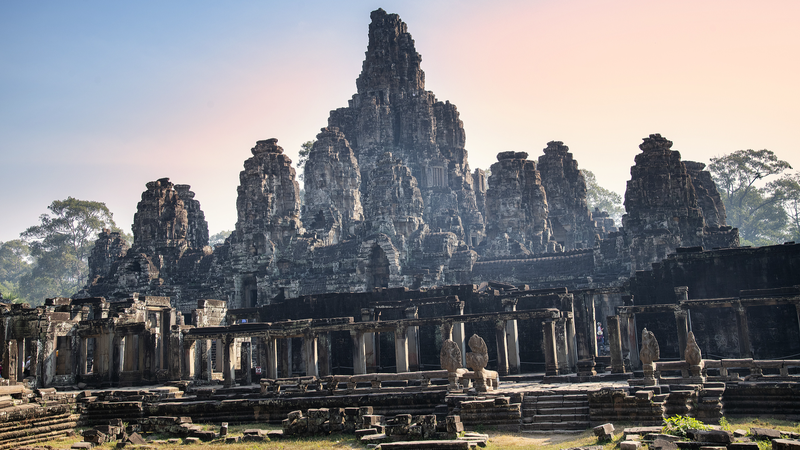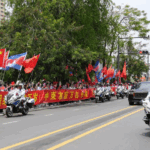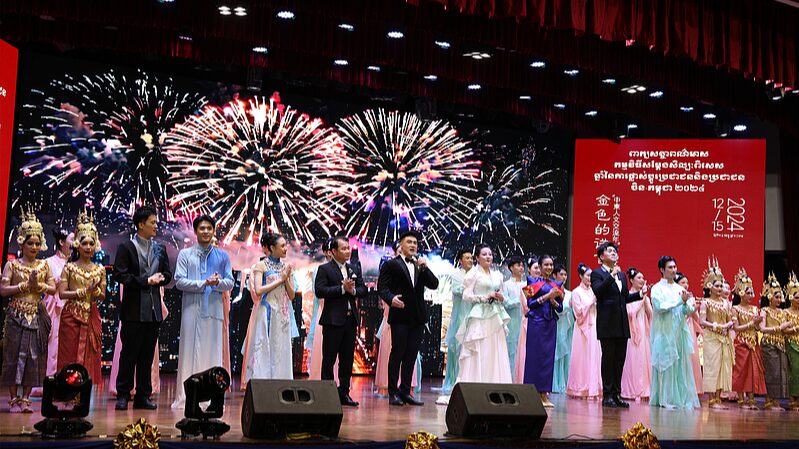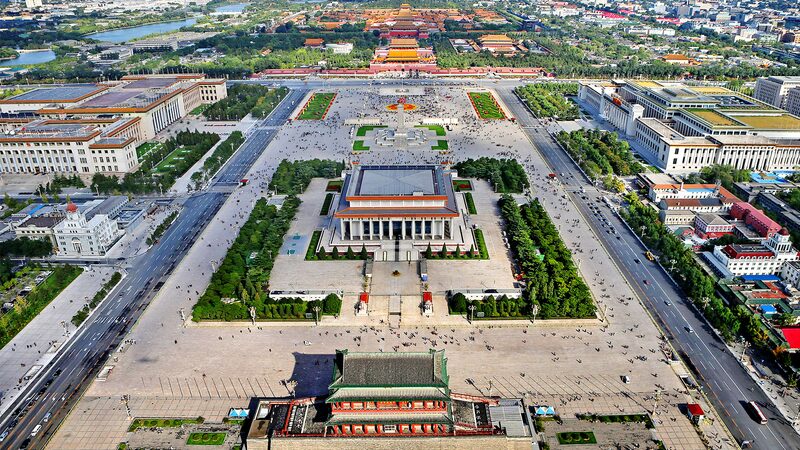The sprawling Angkor Archaeological Park, a crown jewel of Southeast Asia's cultural heritage, has become a symbol of deepening ties between Cambodia and the Chinese mainland. Inscribed as a UNESCO World Heritage site in 1992, the 400-square-kilometer complex—home to Angkor Wat, Bayon, and other Khmer Empire marvels—has seen decades of collaborative restoration efforts that blend historical preservation with modern diplomacy.
Since the late 1990s, teams from the Chinese mainland have partnered with Cambodian experts to stabilize structures like the iconic Ta Keo temple and the Chau Say Tevoda complex. These projects, employing 3D mapping and traditional craftsmanship, aim to balance tourism growth with conservation. Siem Reap, the gateway to Angkor, reported a 148% year-on-year increase in international visitors in early 2024, driven partly by restored access to once-crumbling sites.
"Cultural heritage is the bond that connects peoples," remarked a Cambodian Ministry of Culture spokesperson, highlighting how the initiative strengthens bilateral cooperation. With over 50 Chinese-funded infrastructure projects underway in Cambodia, the Angkor restoration serves as both a technical blueprint and a testament to cross-cultural understanding.
Reference(s):
cgtn.com








